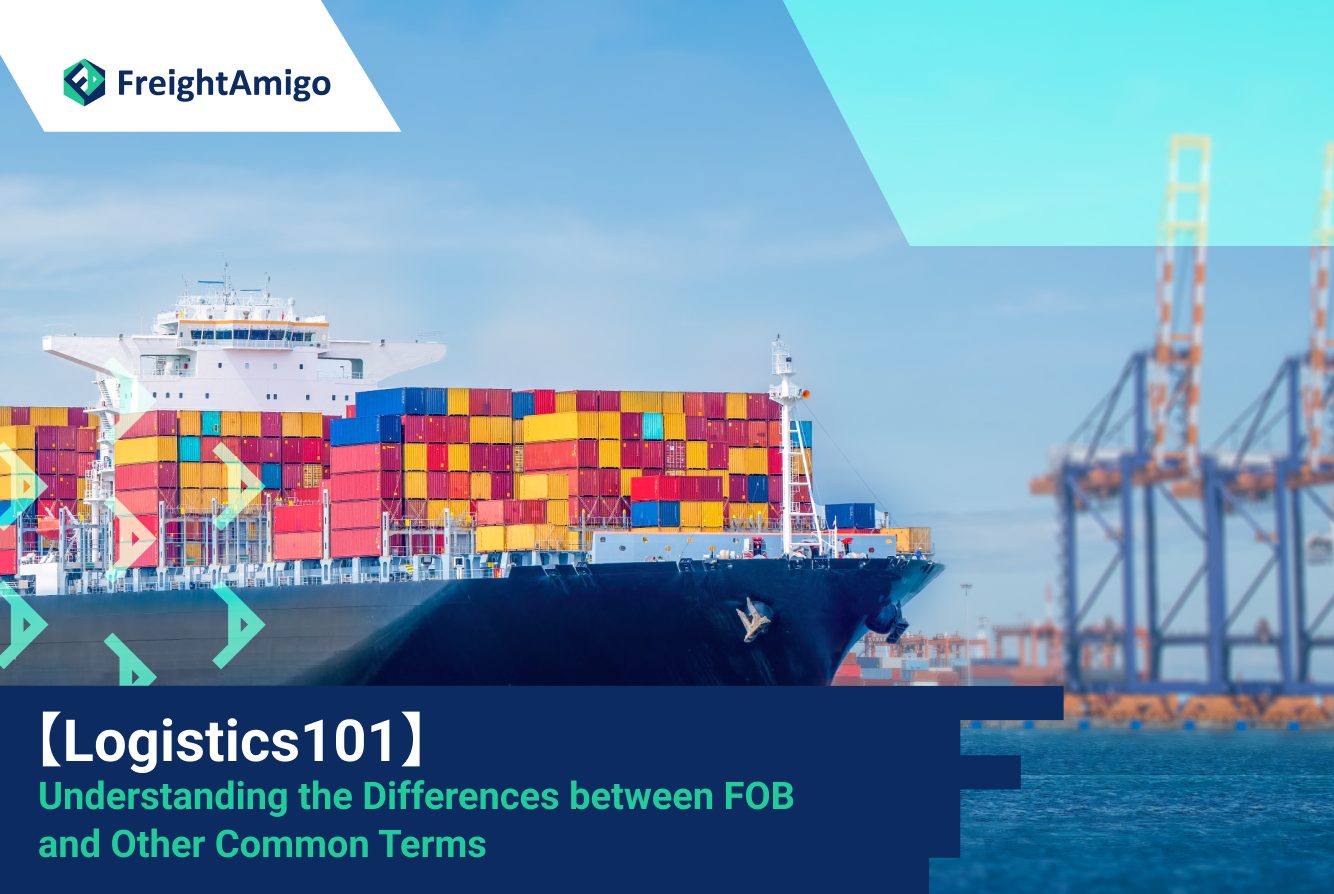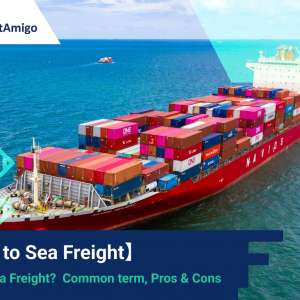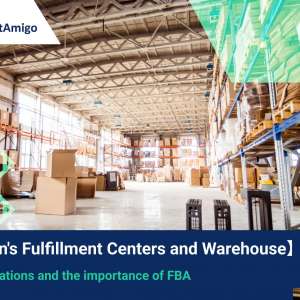Author Name:Tiffany Lee – Marketing Analyst at FreightAmigo
The term FOB (Free on Board) is frequently used in international trade to identify who is in charge of the shipment at various points in the transportation process. The precise moment at which ownership and liability for the items pass from the provider to the buyer is outlined. If you deal globally, you must have a solid understanding of FOB. When items are shipped FOB, the supplier maintains ownership and accountability for them up until they are placed onto the carrier vessel, at which time the customer becomes solely responsible. For importers and exporters, comprehending FOB is crucial since it influences price, contract negotiations, and the success of business transactions.
Want to compare the best Express, Air Freight, Sea Freight, Rail Freight & Trucking rates so as to have better control on cost?
Definition of FOB (Free On Board)
It is the supplier’s responsibility to deliver the items to a designated location for later carriage by the carrier, as indicated by the phrase “Free.” In other words, FOB transportation means that up until the items are loaded onto the ship, the supplier retains ownership and accountability of the products. All liability passes to the purchaser as soon as the goods are placed onto the vessel.
FOB shipping process
- The supplier will package and ship the products.
- The port will receive the delivery of the goods
- The transport ship is loaded with the cargo
The supplier is responsible for the aforementioned three steps. Yet once the products are on board, the buyer is responsible for all costs and obligations. In some circumstances, you could be required to pay fees before the products are shipped. For instance, some suppliers won’t pay the cost of a Container Freight Station (CFS) when you send bulk material (i.e., not complete containers). This is necessary to consolidate your shipments into one container.
The difference between FOB shipping point and FOB destination
In a FOB shipping agreement, the terms FOB Shipping Point and Destination may be used to limit or increase a supplier’s obligation. After the products leave the supplier’s shipment point and arrive at the FOB shipping point, the buyer becomes the legal owner of the items. The buyer then assumes full responsibility for the goods and is completely liable for everything that occurs during any part of the route from the supplier to the buyer.
At the buyer’s loading port, title to the goods passes to the buyer in a FOB destination. The title of the goods passes from the provider to the customer once they have reached their destination. The provider takes full responsibility if something goes wrong at any point in the journey from the supplier to the buyer.
Differences between FOB and other shipping international trade terms
Four trade terms apply specifically to sea freight: FOB, FAS, CFR, and CIF. Understanding the difference between them is to understand how much responsibility the buyer and supplier need to bear under each agreement.
What is the difference between FOB and FAS?
Free Alongside Ship (FAS) is a straightforward method of shipping ocean freight. It mandates that the provider cover the cost of getting the products to the designated port of shipping, but excludes the expense of loading the goods onto the ship. The commodities next to the ship are the buyer’s responsibility. With FOB shipping, on the other hand, the supplier is not responsible for ensuring the secure transfer of the goods from the port to the ship.
What is the difference between FOB and CFR?
Cost and Freight (CFR) is the practice of passing on to the supplier the expense of shipping goods to their final port of delivery. This comprises the price of getting the products to the port of destination as well as any export-related expenses. Once the products are unloaded in the target country, ownership is transferred to the buyer. Moreover, CFR excludes customs charges, the cost of shipping the products to their destination, and the cost of insurance.
What is the difference between FOB and CIF?
With Cost, Insurance, and Freight (CIF), the provider is in charge of paying for the costs associated with these three factors. This implies that your cargo is in the supplier’s hands from the time it is transported to the port until it is placed on board, and they are also responsible for paying the insurance expenses. But, there are still other charges the buyer must make, like those for customs clearance. Based on the terms of your contract with the supplier, the shipment may be deemed delivered at any location between the port of destination and the ultimate delivery address. And “CIF is a more expensive contract option than FOB since it necessitates more work and expenditure on the part of the supplier.
FOB Shipping Fee
By using the FreightAmigo platform, we can help you find the most suitable logistics solution. You only need to enter the shipping address (origin and destination), cargo weight, cargo quantity, and amount on the platform, and the platform can provide estimated transportation costs for different international express, air, sea, rail freight, and truck logistics management solutions. Using the FreightAmigo platform not only allows you to deal with freight issues more quickly and conveniently but also allows you to better control transportation costs.
FreightAmigo helps you simplify the freight procedure and control the freight time more accurately! If you are planning to ship goods overseas, please go to the FreightAmigo page for inquiries.
更多物流資訊:
【Guide to Sea Freight】 What is Sea Freight? Common term, Pros & Cons
【Guide to Air Freight】Costs, Pros & Cons for Your Cargo
【Logistic101】What is FCA?| Meaning and Usage of Incoterms
If you have any inquiries on logistics/supply chain, feel free to contact FreightAmigo now:
Chat with us online OR
Phone / WhatsApp: +852 28121686









































